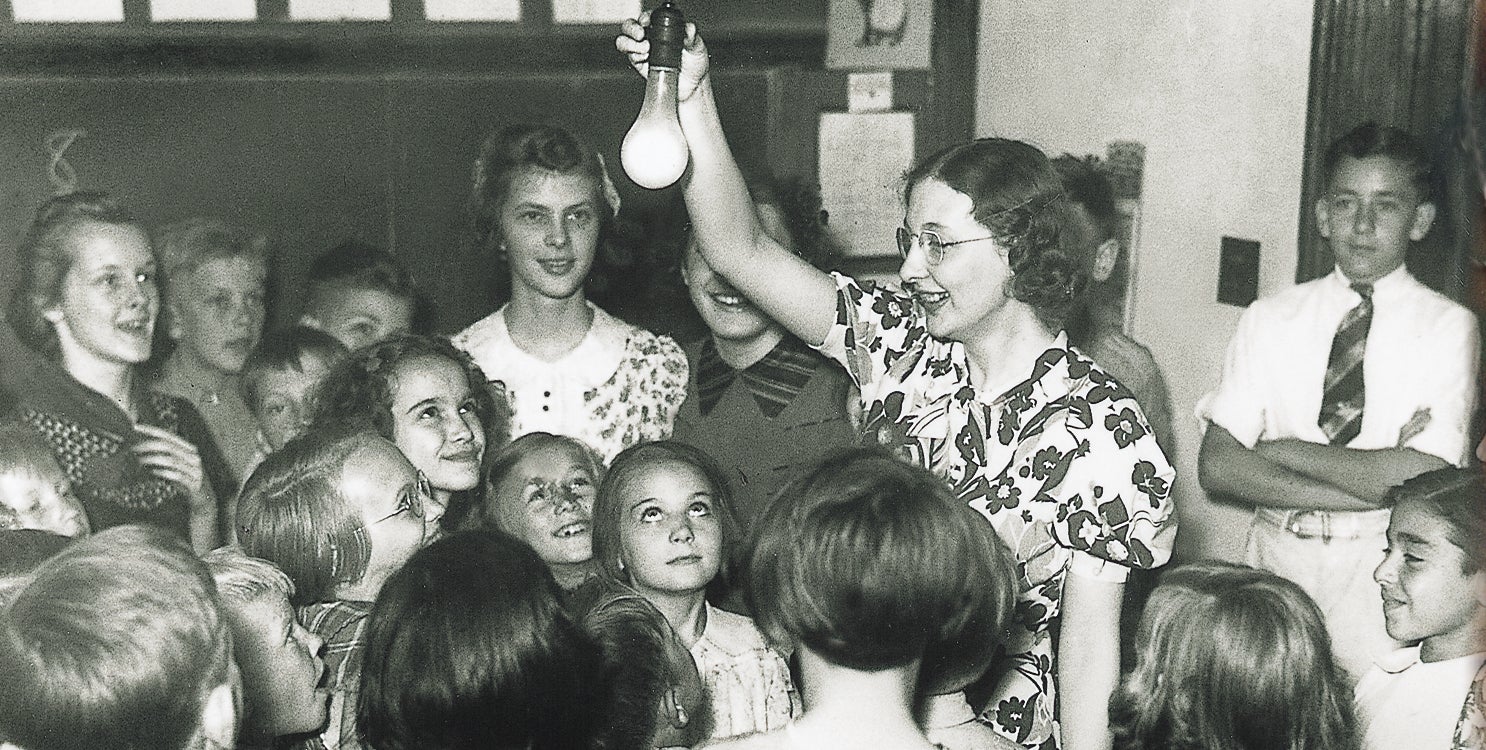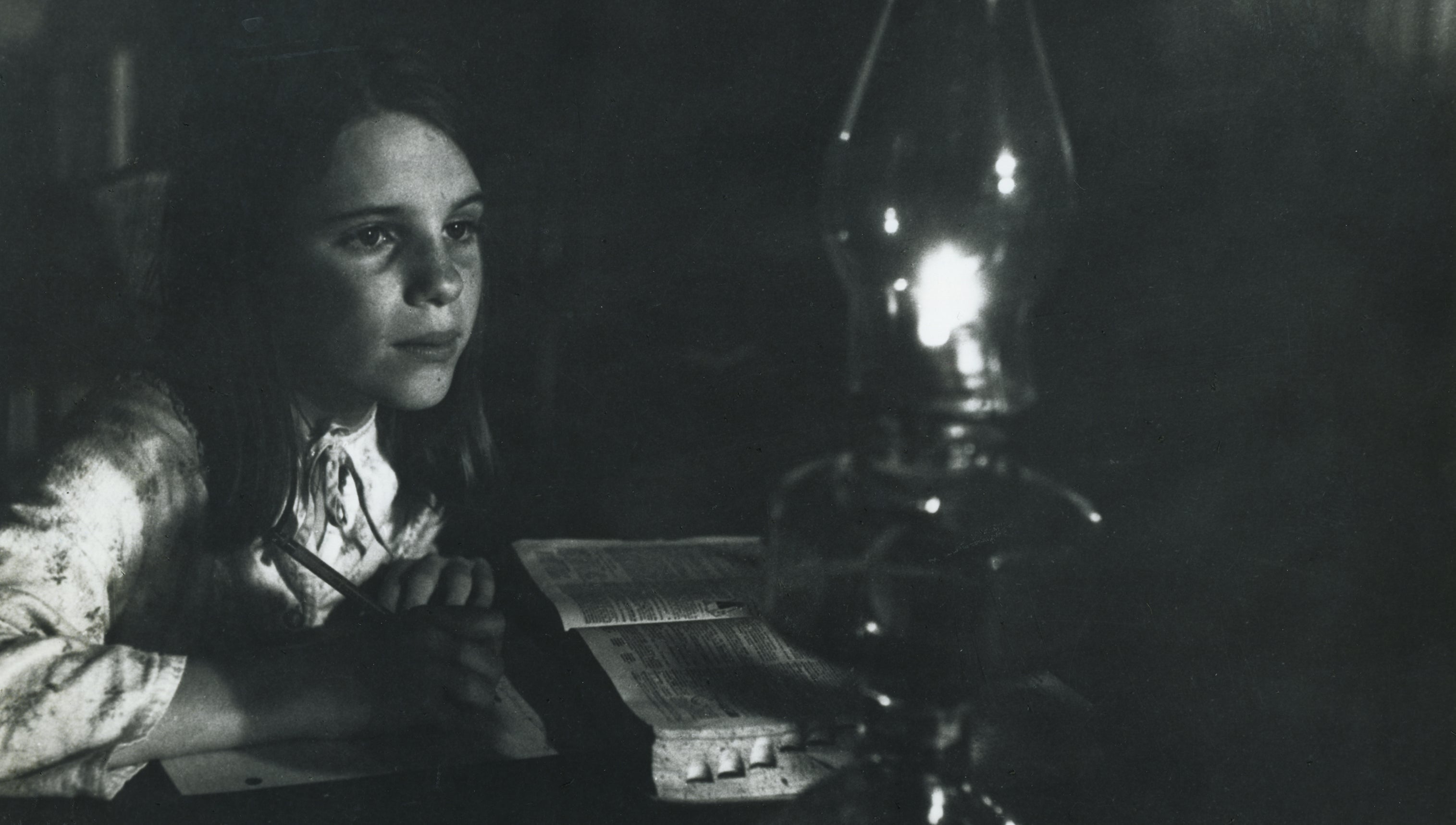
Every day, more than 48,000 cooperatives provide essential products and services to American consumers, touching our lives in many ways. Tomorrow at breakfast, check your morning paper. Many of the articles may be labeled "Associated Press" or "AP." Those stories were written by individual reporters but distributed by a cooperative news organization.
Cooperatives differ from typical businesses in one big way — they are organized for the benefit of their members, not single owners or stockholders. The first known cooperative in the United States was formed by Benjamin Franklin in 1752. That organization, the Philadelphia Contributionship for the Insurance of Homes from Loss of Fire, still operates today.
Most early cooperative development efforts in the U.S. involved farmers trying to boost their buying and selling power. According to the U.S. Department of Agriculture, the first formal farm organization — the Philadelphia Society for Promoting Agriculture — sprung up in 1785. In 1804, the initial farmer marketing cooperative was established by dairymen in the Connecticut River Valley.
Of course, not all cooperatives engaged in agricultural marketing. The first irrigation cooperative was organized in California in 1853. By 1857, Ohio and New York had adopted laws enabling the operation of cooperative (mutual) insurance companies. In 1865, Michigan passed what is believed to be the first law recognizing the cooperative business method.
However, the cooperative movement we know today traces its roots to a store started by weavers in the town of Rochdale in northern England. The Rochdale model revolved around a set of guidelines drawn up by one of its members, Charles Howarth. When introduced into the U.S. by the National Grange in 1874, these "Rochdale Principles" fueled a cooperative explosion.

History of Electric Cooperatives
As late as the mid-1930s, electricity was out of reach for 94% of rural residents in Pennsylvania and New Jersey. Because rural electric service generated little "profit," private power companies demanded farmers and their neighbors pay up to $3,000 per mile to build lines to their homesteads, then charged monthly rates as high as $30 — far above what city dwellers paid. This was during a time when per capita income averaged around $1,800 a year.
In many rural areas, power was not available at any cost. To get around the utilities, enterprising folks deployed "light plants" powered by steam engines and windmills or complicated battery systems to provide themselves with electricity. However, these household generators were not only bulky, noisy, expensive and costly to maintain, but they produced very little electricity — just enough to "light the lights (dimly)" or run a few appliances.
The ideal solution was to get central station electric service into rural areas. Creation of the federal Rural Electrification Administration (REA) — now Rural Utilities Service — on May 11, 1935, allowed that to happen. REA financing and engineering assistance enabled farmers and their neighbors to take electrification into their own hands on a cooperative basis.
